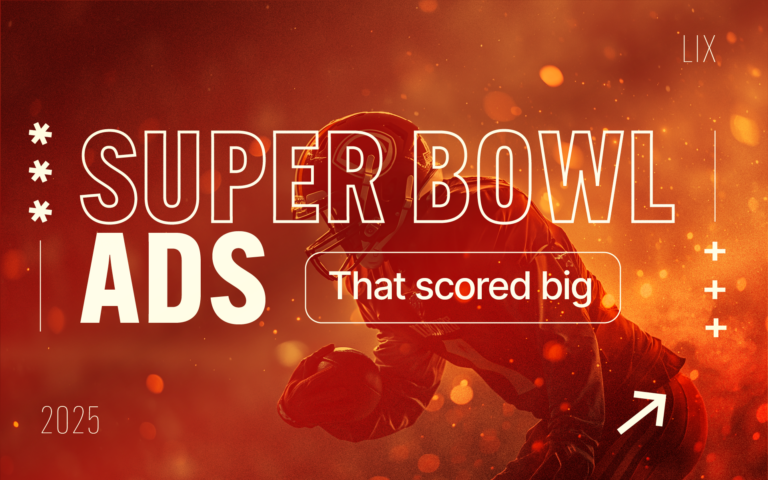The Rise of Performance Media
At Esparza, we’re celebrating our silver anniversary this year. To mark the occasion, we’re looking back at how advertising has evolved in the last two-and-a-half decades — and making a few predictions about what the next 25 years will bring in a series of blog posts about the future of advertising.
This month, we’re looking at the rise of performance media and how it has changed the way we approach advertising. The rise of digital marketing paved the way for performance media, a data-driven approach to advertising where success is measured by direct and quantifiable outcomes like clicks, conversions, leads generated, and sales.
Unlike traditional awareness media, which focuses on broad brand recognition, performance media emphasizes real-time tracking, optimization, and accountability.
This shift has transformed how organizations allocate their marketing budgets, favoring digital channels that deliver immediate and measurable results.
Then: The Power Awareness
For decades, brands relied on mass media to create brand awareness. Television commercials, magazine ads, and outdoor billboards featuring bold creative were the go-to methods for reaching a broad audience. The success of these campaigns was largely measured through indirect metrics such as brand recall, surveys, and estimated impressions.
However, the effectiveness of awareness media became harder to justify in an era when advertisers had access to the more precise targeting and tracking tools that came with digital media. Several factors have contributed to this decline:
- Changing Consumer Behavior – The way consumers interact with media has evolved. Streaming services, social media, and on-demand content have reduced the effectiveness of traditional television and radio ads.
- Rise of Ad-Blocking Technologies – Digital-savvy consumers are finding ways to bypass intrusive advertising, making traditional display ads and commercials less impactful.
- Accountability and ROI – With business leaders demanding measurable results, awareness media can struggle to prove its direct impact on sales and conversions.
While awareness media still plays a role in long-term brand building, it is no longer the primary driver of advertising strategy. Instead, the industry shifted its focus to performance-based marketing.
Now: The Rise of Advanced Targeting
Performance media prioritizes direct and measurable results, such as clicks, conversions, and leads generated. Digital marketing platforms, including Google Ads, Facebook Ads, and programmatic advertising, have revolutionized the way brands connect with their audience.
Key Drivers of Performance Media Growth
- Advanced Targeting Capabilities – Platforms like Google and Meta enable advertisers to target users based on demographics, interests, behaviors, and even past purchasing habits.
- Real-Time Analytics and Optimization – Unlike traditional media, performance media allows advertisers to adjust campaigns in real-time, improving effectiveness and minimizing wasted spend.
- Cost-Effectiveness – Performance marketing operates on pay-per-click (PPC) or pay-per-action (PPA) models, ensuring that brands only pay for tangible results rather than estimated impressions.
- Attribution and Measurement – Tools like Google Analytics, UTM tracking, and conversion pixels provide in-depth insights into consumer journeys, making it easier to attribute sales and engagement to specific campaigns.
What’s Next?
Many brands went all in on digital performance media in the early 2010s. The promise of being able to measure exact ROI was enticing for business leaders and marketers. In 2025, some brands are starting to reconsider this strategy and recognize the importance of a strong awareness-based creative campaign that works in tandem with more data-driven digital tactics.
For example, at the end of 2024, after several years of slumping sales, Nike announced that it would begin investing more in brand-building efforts and pull back slightly from performance-driven tactics in a media strategy reset.
Awareness media helps brands deepen recognition and connect on an emotional level with consumers. A great awareness media play can make consumers at the bottom of the funnel more likely to click and convert on performance media when it’s in the market.
At the end of the day, both awareness and performance media are critical to a brand’s success. Balancing out your media spend to focus on the top and the bottom of the funnel is a smart strategy in today’s crowded digital marketplace.
As digital marketing continues to evolve, several emerging trends are shaping the future of performance media:
- Artificial Intelligence and Automation – AI-powered algorithms will further enhance targeting, creative personalization, and campaign optimization.
- First-Party Data and Privacy Regulations – With the phasing out of third-party cookies, brands will need to invest in first-party data strategies, such as loyalty programs and direct customer interactions.
- Augmented Reality (AR) and Virtual Reality (VR) Advertising – Interactive experiences will become more prevalent as brands seek to engage consumers in immersive ways.
- Voice Search and Smart Assistants – As voice search grows, advertisers will need to optimize campaigns for voice-driven queries and interactions.
- Omnichannel Integration – Brands will prioritize seamless experiences across digital and physical touchpoints, leveraging data from multiple sources to create a cohesive marketing strategy.
As we celebrate our 25th anniversary throughout the year, we’ll continue to look back at how the advertising industry has changed – and what a savvy brand needs to know going into the future.
Are you ready to build your dream media plan? Our team would love to chat.













